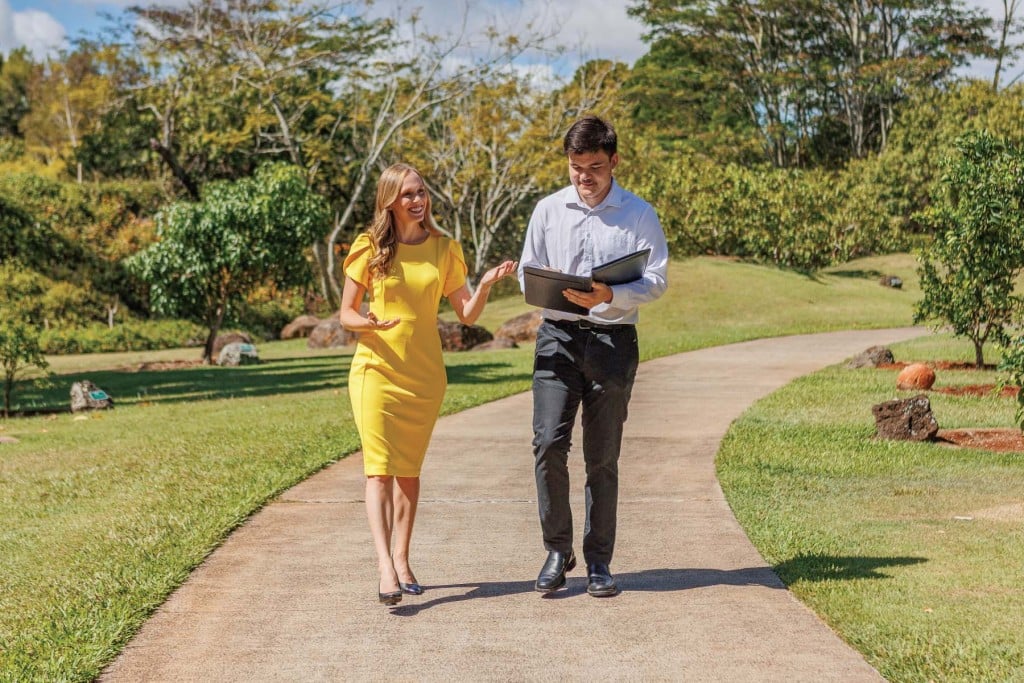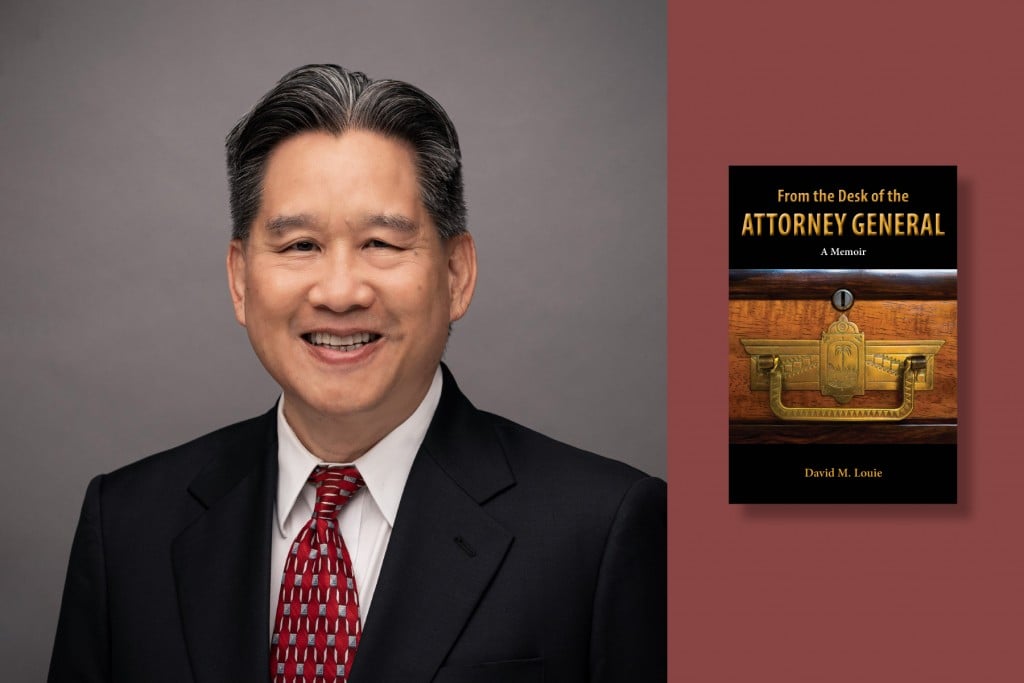Hawaii’s Species: Endangered and Underfunded

“What makes Hawaii more than your plants and your environment?”
Nellie Sugii asks rhetorically. We’re standing in the downstairs room of the micropropagation laboratory at the Harold L. Lyon Arboretum in Manoa, where Sugii manages the Hawaiian Rare Plant Program. The room is full of test tubes. Inside, tiny clones of some of Hawaii’s most endangered plant species, many of them no bigger than a person’s fingertip, glow like green nuclei. Each year, hundreds of rare plant species are coaxed back from the brink of extinction here, grown in a solid nutrient solution that looks like clear Jell-O.
Eventually, these plants will go to a greenhouse down the hill and then to native forest restoration projects. At the moment, however, they are too fragile for the real world, a feeling compounded by the precarious setup: plastic trays of test tubes stacked on top of one another, balanced on thin wire shelves that nearly graze the ceiling. Sneeze, and you’d cause a half-dozen extinctions.
Started in 1992 as an orchid teaching lab, the micropropagation facility is a crucial component of the Plant Extinction Prevention Program (PEPP), a statewide effort to protect and preserve Hawaii’s most critically endangered plant species. If nature conservation is a hospital, PEPP is the emergency room. The program is led by Joan Yoshioka (who happens also to be trained as an actual nurse) and focuses exclusively on plants with fewer than 50 individuals left – in other words, those species closest to death.
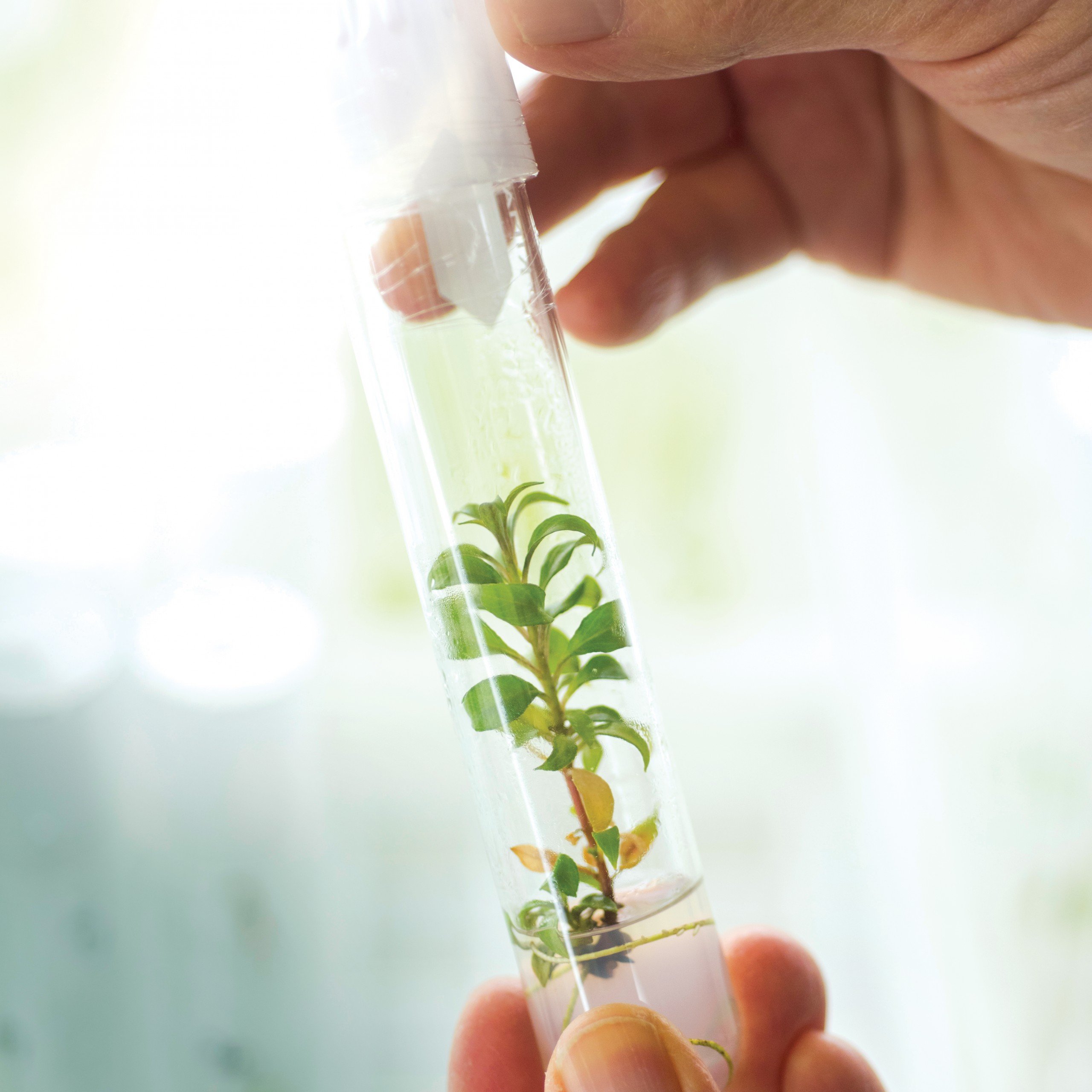
Until the creation of PEPP in 2003, Hawaii was losing roughly one plant species per year. Over the past decade and a half, however, PEPP has reduced that number to zero. Of the 238 species that meet the program’s criteria, not one has gone extinct.
“Extinction is permanent. There is no bouncing back.”
-Joan Yoshioka, Statewide manager, Plant Extinction Prevention Program
But now, PEPP and the Rare Plant Program are in danger of becoming extinct themselves. Both rely heavily on federal funding through the Endangered Species Act, the landmark wildlife protection legislation. Last year, PEPP’s funding was cut by a third, Yoshioka says. This year, with President Trump proposing a 12 percent cut – approximately $1.5 billion – to the Department of the Interior, which funds the majority of endangered species recovery, Yoshioka anticipates even greater cuts, to the point where she is concerned for the program’s survival.
Although for the Trump administration the cuts can be seen as a commitment to smaller government, to Yoshioka they represent a threat to decades of work. “If PEPP closes, it will be a huge blow to conservation,” she wrote to me after learning of the proposed cuts. “We are resilient people and will bounce back from budget cuts even if we lose our jobs. But unfortunately extinction is permanent. There is no bouncing back.”
World’s “Extinction Capital”
There’s nothing new about the struggle to save Hawaii’s endangered species. The Islands are known as the “extinction capital of the world.” Hawaii has lost so many of its endemic plant and animal species that they have their own Wikipedia page. And yet despite being ground zero for species loss, when it comes to funding conservation Hawaii has been at a disadvantage since the Endangered Species Act was signed into law.
Of the 1,653 species listed as endangered or threatened in the United States, nearly a third live in Hawaii – 501 species. That’s nearly double the next highest state, California, which has 301. North Dakota has nine. A portion of Hawaii’s listed species are animals, ranging from several different native bee species to the Hawaiian green sea turtle. But the vast majority are plants. And plants generally get less attention, and therefore less money, than wildlife. In fact, an early version of the Endangered Species Act, passed in 1966, didn’t even cover plants or invertebrates like butterflies.
When Congress passed the Endangered Species Act in 1973, it gave the federal government the power and responsibility to “protect and recover imperiled species and the ecosystems upon which they depend.” Land and freshwater species fall under the purview of the U.S. Fish & Wildlife Service, marine species under the National Marine Fisheries Service. These agencies determine which species are endangered (in danger of extinction) or threatened (in danger of becoming endangered). Animals on the list are legally protected from actions that would harm them or severely diminish their habitat.
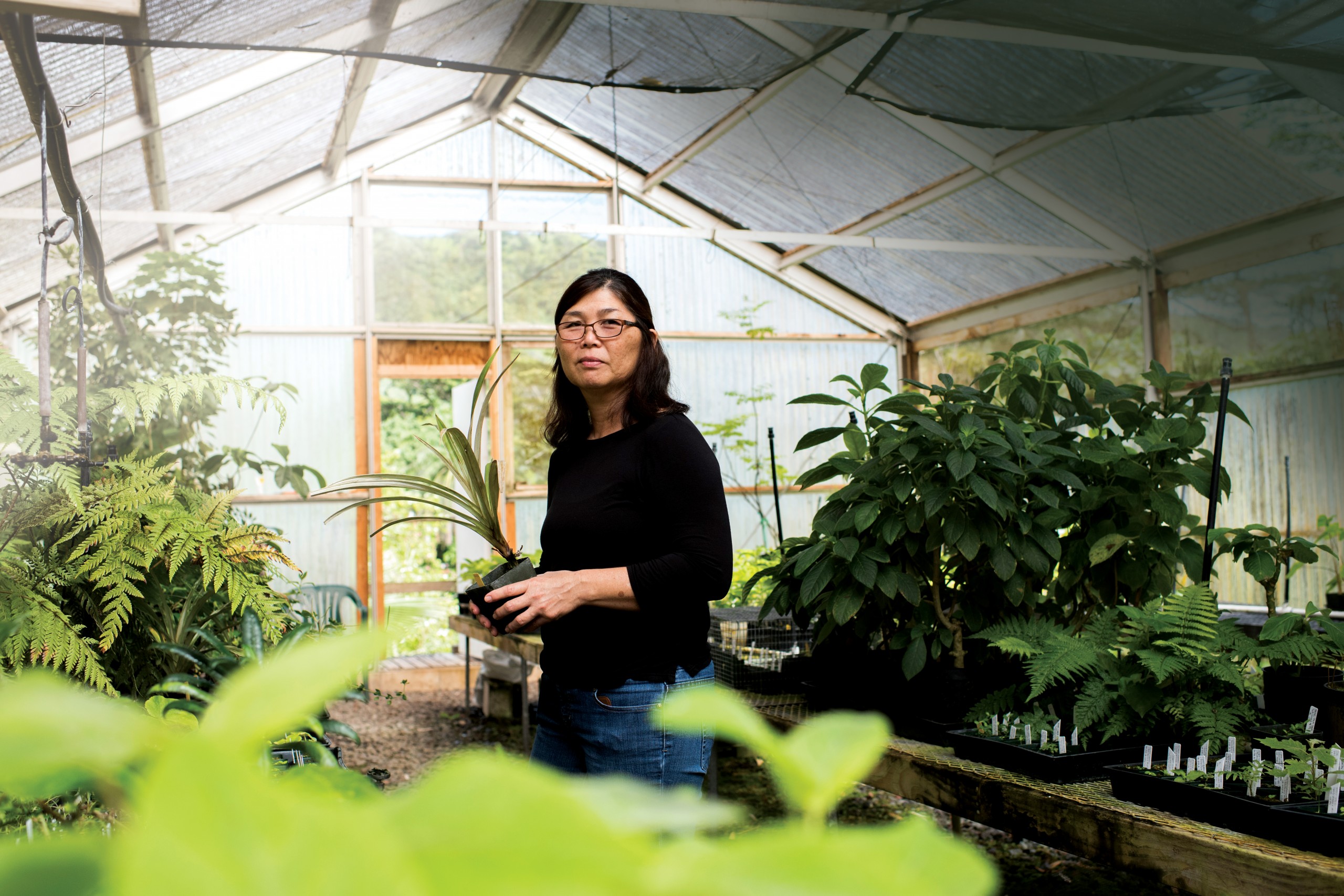
From the beginning, recovery funding was funneled to species that grabbed headlines: bald eagles, grizzly bears, gray wolves. So in 2000, the Fish & Wildlife Service implemented a new funding formula designed to distribute resources more evenly and “get money from the D.C. headquarters out to the field in a way that was equitable,” says Loyal Mehrhoff, who oversaw the Fish & Wildlife Service’s Pacific Islands office in Honolulu from 2011 to 2016.
The formula, Mehrhoff says, was points-based. Animal species got two points, plants got one. Migratory and aquatic species got additional points, as did species with more than a million acres of occupied habitat. Narrowly distributed, endemic species like many of Hawaii’s – some of which are found on a single cliff face or in a single cave – often got the least.
“If you’re familiar with Hawaii biology, you can automatically see that the system was kind of biased against Hawaii to start with,” says Mehrhoff, who now serves as the endangered species recovery director at the Center for Biological Diversity, a national nonprofit. Despite overseeing roughly 30 percent of the nation’s listed species, America’s Pacific Islands receive just eight to ten percent of the money appropriated for recovery, Mehrhoff says. “We were grossly, grossly underfunded.” Though budgets change slightly from year to year, Mehrhoff says this disparity has generally remained true over the years.
Rather than distribution, Mehrhoff says funding should be based on risk, or how close a species is to going extinct. “Is it a threatened species that’s starting to decline? Or is it something that right now is only in captivity?”
Ranking Endangered Species
According to the Fish & Wildlife Service, listed species do receive a “priority rank,” based on the “degree of threat, recovery potential, taxonomic distinctiveness, and presence of an actual or imminent conflict between the species and development activities.” Species are ranked from 1 to 18, one being the highest priority. Those affected by so-called “conflicts” receive a “C” after their rank. The alala, the Hawaiian crow, has a priority rank of 2C, the second-highest designation a species can receive.
But a species’ rank rarely correlates to how much funding it receives, says Hanna Mounce, director of the Maui Forest Bird Recovery Project, based on the northern slopes of Haleakala. Mounce’s project, an initiative of the state and the Pacific Cooperative Studies Unit at UH Manoa, is dedicated to protecting and repopulating some of Maui’s rarest birds. Right now, staff and volunteers are working to establish a second population of the kiwikiu, the Maui parrotbill, a species with only a few hundred individuals left in the wild.
By the Fish & Wildlife Service’s own account, the kiwikiu is one of the most critically endangered birds in the country, with a priority rank of 1. But that hasn’t translated into a windfall for Mounce’s recovery efforts. “There are only two No. 1 federally ranked species in the United States, and they’re both in Hawaii, and one of them is the kiwikiu,” Mounce says. “And that does not mean we get any preferential funding.”
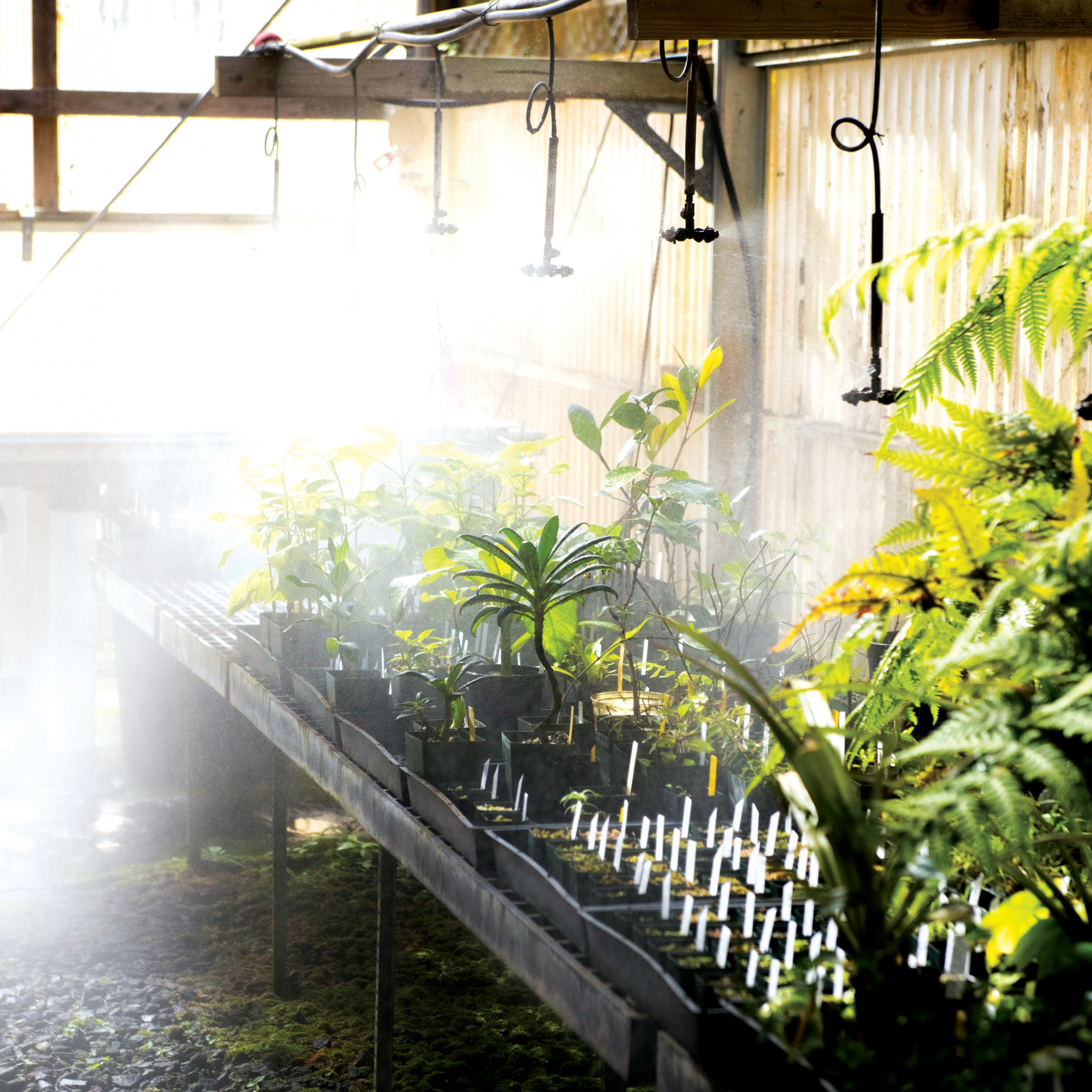
A 2008 study conducted by Dave Leonard, then a wildlife biologist at the Hawaii Division of Forestry and Wildlife (and Mounce’s boss at the time), demonstrated a consistent disparity between a species’ priority rank and the amount of funding it received. “On average, Mainland [birds] received over 15 times the funding of Hawaiian birds despite similar priority ranks,” Leonard concluded. Between 1996 and 2004, for instance, the red-cockaded woodpecker, a bird with a rank of 8C, received more than $11.6 million from the federal government, more than three times “the amount available to all 31 listed Hawaiian birds combined,” Leonard wrote in the journal Biological Conservation. Similarly, Leonard found that the California condor received six times the funding as the alala, despite the crow’s higher rank and smaller population. (It currently lives only in captivity.)
Leonard speculated that one reason for this disparity was a lack of awareness of Hawaii’s rare birds, whose habitat often is small patches of remote forest on the Islands’ highest mountains. Hawaii also has fewer large-scale infrastructure projects, such as dams, to create conflicts for endangered species.
Lindsay Young, the executive director of Pacific Rim Conservation, a nonprofit working to protect threatened seabirds, says Hawaii’s remoteness also contributes to the problem. To government officials in Washington, D.C., Hawaii is hardly top of mind, little more than an “island in the Pacific,” as a certain attorney general put it. At the same time, that distance makes lobbying more difficult. “It’s more expensive for us to get over there, to go talk to our representatives, to get this funding moving,” Young says.
The disparity in funding has had severe consequences. In 2004, an effort to establish a breeding population of the poouli, a honeycreeper like the kiwikiu, failed. Once thought to exist in the hundreds, the last three poouli died in captivity, and the species was declared extinct. The poouli might be alive today if it had received the same support as the condor. “Back in the early to mid-’70s, the Fish & Wildlife Service made a decision to focus on the California condor and not focus on the 10 to 12 really at-risk Hawaiian forest birds,” Mehrhoff says.
That the Fish & Wildlife Service doesn’t really use its own ranking system is maddening to Mounce, who says she has raised the issue with agency staff but has yet to get a sufficient answer. She wants to know why the local Fish & Wildlife Service office doesn’t use the existence of the system to advocate for more money. “I don’t understand why Hawaii doesn’t raise a much bigger deal at the federal level,” she says.
A regional spokeswoman for the Fish & Wildlife Service wrote in an email that the agency is “continually re-evaluating how recovery funding is spent to ensure the most effective results for listed species. Hawaii’s location and population size are not factors in the funding it receives.”
Mehrhoff, having sat in the supervisor’s seat, is sympathetic. He says there’s no direct channel through which a local office like Hawaii’s can advocate for additional funding. It’s “a hard thing, bureaucratically, to fix,” he says. “But the reality is that it needs to be fixed if you don’t want species to go extinct.”
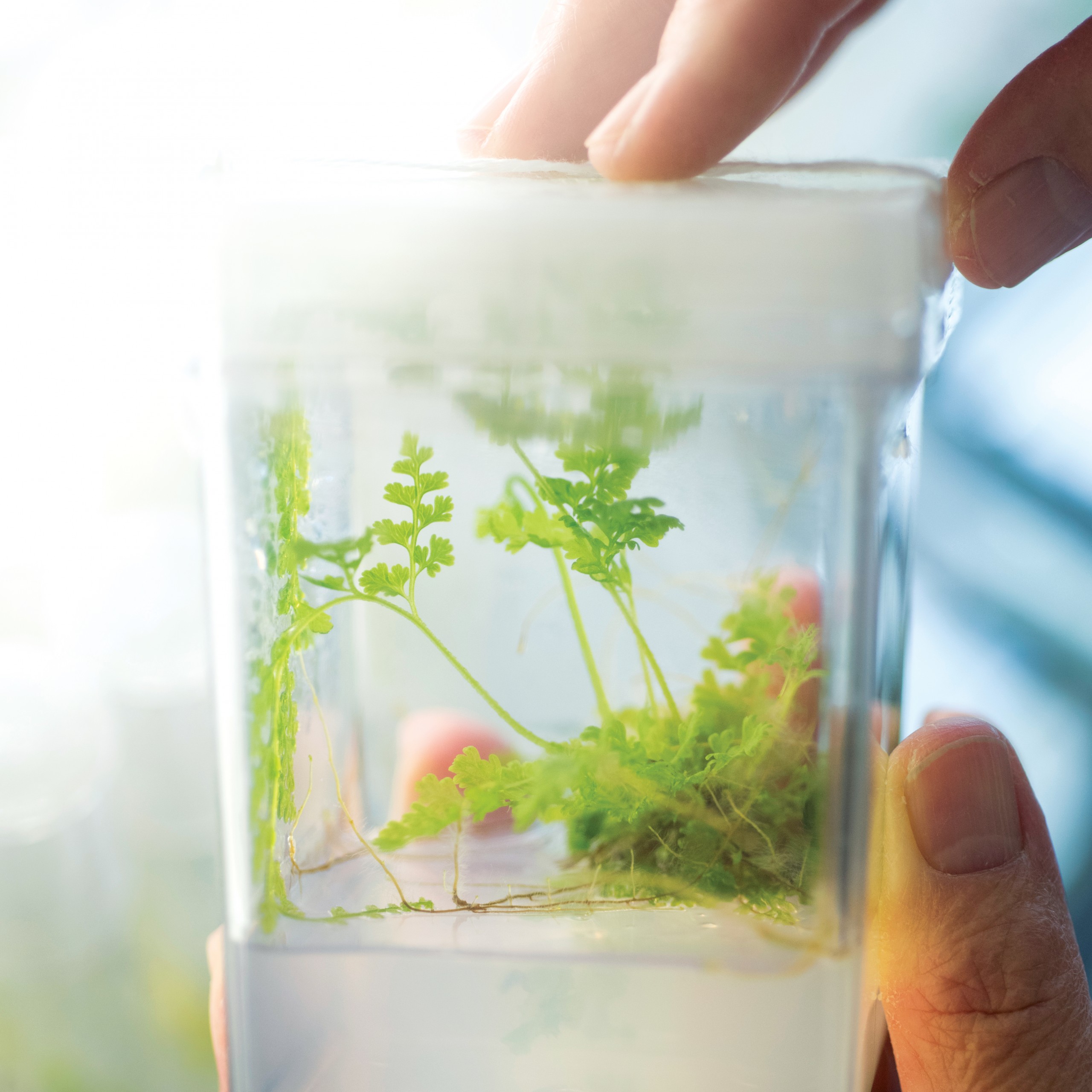
Budgetary Scraps
Hawaii may be uniquely disadvantaged among states, but many conservationists say the larger issue is that there simply isn’t enough money to go around. In 2016, the Center for Biological Diversity estimated it would cost about $2.3 billion a year to implement recovery plans for every federally listed species. That year, the Fish & Wildlife Service received just $82 million for recovery efforts, roughly 3 percent of the estimated need. “You’re trying to split a shrinking pie into more and more pieces every single year,” Mounce says.
If $2.3 billion sounds like a lot of money, it’s a drop in the bucket compared with the $595 billion the country spends on the U.S. military. “We’re asking for such a small amount of money, it’s ridiculous,” Mounce says. “My annual budget is like a military humvee.” Adding a Hunger Games-style morbidity to the dilemma, Hawaii’s conservationists know they’re competing with each other for these budgetary scraps. “If I ask for money to save the kiwikiu, and I get $500,000, then the alala doesn’t get that,” Mounce says. “So it’s not a great model.”
“Nobody spends money as frugally as a bunch of field biologists who are trying to stop a species from going extinct.”
-Loyal Mehrho, Endangered species recovery director, Center for Biological Diversity
There is a silver lining to the ominous cloud hovering over Hawaii’s conservation programs. Because of the interconnected nature of ecosystems, actions designed to help one species often benefit a “whole suite” of species, says Young, of Pacific Rim Conservation. In 2011, for instance, the Department of Land and Natural Resources (DLNR) completed a nearly half-mile-long predator-proof fence at the Kaena Point Natural Area Reserve on the westernmost tip of Oahu. Young managed the project. She says people likely assume the fence was built to protect the ground-nesting seabirds, which it does, but its express purpose – because it was funded with $350,000 from the Fish & Wildlife Service that was earmarked for endangered plants – was to protect 11 different endangered plant species, including the ohai, an endangered member of the pea family whose fruits are often eaten by rats.
Young is now working to establish new populations of black-footed albatross and other seabirds at the James Campbell National Wildlife Refuge on Oahu. Although the black-footed albatross is not yet endangered (it is considered “near threatened”), much of its habitat in the Midway Atoll is disappearing due to sea-level rise, its lowland nests wiped out by ever-higher storm surges.
Young’s team flies the birds from Midway to Oahu and raises the young by hand, with the hope they’ll return there to nest. Young is fortunate that Pacific Rim Conservation relies on government funding for just a quarter of its budget – most comes from private foundations – but she still works to make every dollar count. She buys the fluid and mineral supplement Pedialyte – necessary for the young albatross, which in the wild get their electrolytes from saltwater – in bulk from Amazon and sardines by the pound from Okuhara Foods. “Before we could find a wholesaler for sardines, we would basically go around to the various Longs Drug Stores across the Island and buy out their tinned sardine supply, which always raised a few eyebrows at the checkout stand,” Young says.
To transport the birds from Midway, Young uses flat-pack plastic cat carriers – think giant blue McDonald’s Happy Meal boxes – that she buys in packs of 10 for $87.50. She can fit two albatross to a carrier. Still, some costs are out of Young’s control. Each seat on a flight from Midway costs $3,700, and with one pet carrier allowed per seat, Young essentially is buying each bird a $1,850 one-way ticket to Oahu.
Others have watched as a few items eat up more and more of their budgets. The hourly rate for helicopters, for instance – necessary because so much conservation work takes place in remote valleys and forest preserves – has jumped from $700 to $1,100, Mounce says. She spends upwards of $50,000 on helicopter rentals each year, she says. Yoshioka, of PEPP, says she plans to reduce her staff’s helicopter time and partner with other organizations to share the costs, as well as pursue private funding through foundations and other nonprofits.
Conservationists have been testing how far a dollar can stretch for years, Mehrhoff says. “Nobody spends money as frugally as a bunch of field biologists who are trying to stop a species from going extinct,” he says.
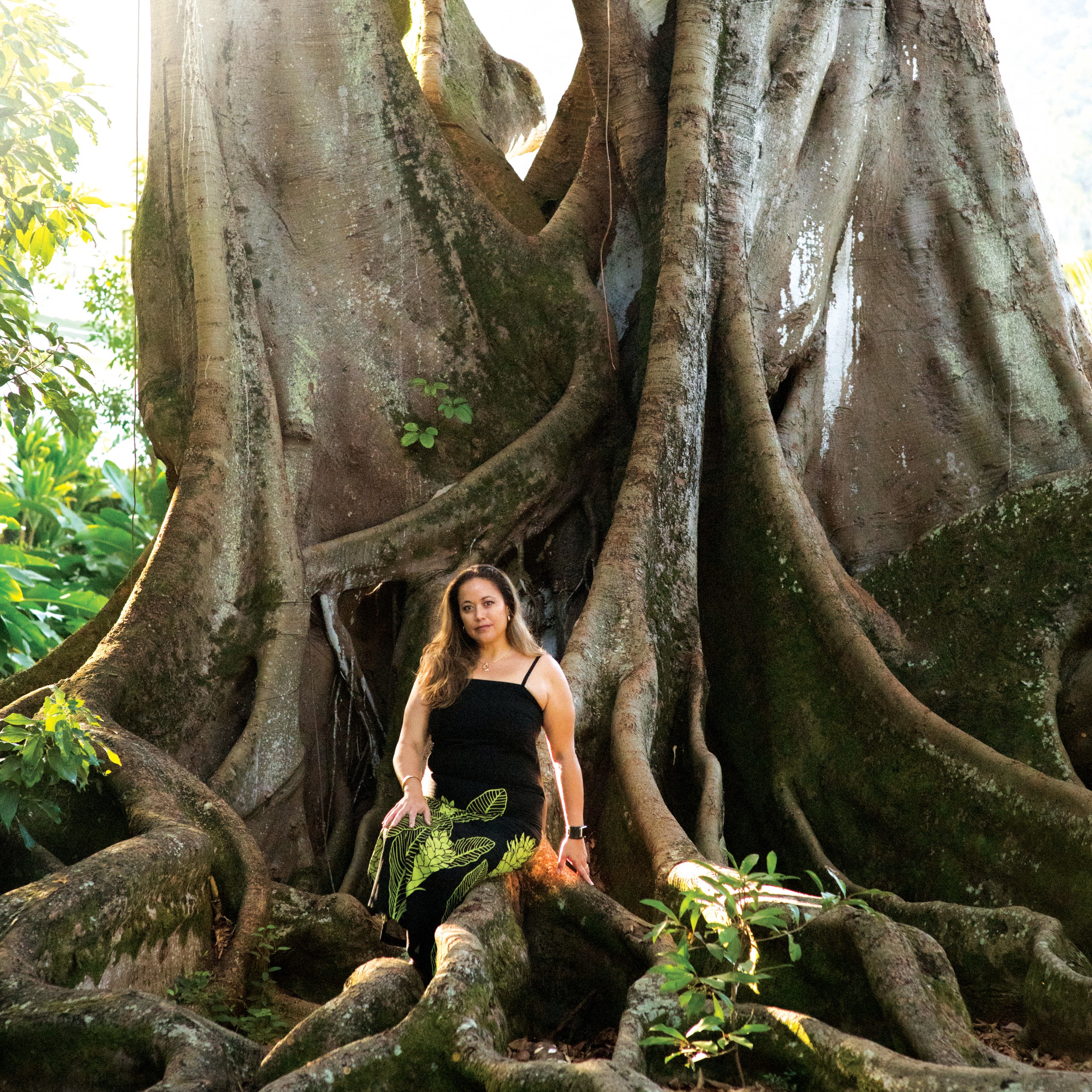
The First Hawaiians
Austerity may not be enough. The reality, Mehrhoff says, is that in a place like Hawaii, budget cuts mean extinctions. “There needs to be a better discussion of what a budget cut really means, and what species are going to go extinct, so that the American public can say, ‘That’s OK, it’s worth me getting a 25-cent reduction in my taxes and letting these 10 species go. It’s worth it.’ Right now, we don’t have that, because there’s no communication from the Fish & Wildlife Service to Congress or to the American public as to what is going to be lost due to a lack of funds.”
When native species become extinct, “there’s something about us and who we are that goes missing as well.”
-Ulalia Woodside, Executive director of the Nature Conservancy in Hawaii
Mehrhoff seems to doubt many Americans would choose the 25 cents, but the Endangered Species Act has plenty of critics, some of whom argue the law isn’t working as intended. They note that just 1 percent of species have been delisted in the law’s nearly 50-year history. They argue that if the express purpose of the law is to help species recover so they no longer require active management, then it’s a complete failure. But supporters say the law has successfully prevented the extinction of 99 percent of species under its protection. Without it, hundreds of species would likely be extinct.
In the end, the funding issue boils down to conservation’s central question: What do we value? And why?
Ulalia Woodside, the executive director of The Nature Conservancy in Hawaii, has been contemplating these questions since she was a little girl. She grew up in Waimanalo, the daughter of ornithologist David Woodside, who would take her to see nēnē goslings on Hawaii Island or to visit the remaining alala. Perhaps in part through her experience as a third-generation kumu hula, she says she has realized that “who we are is linked to all the species of this place. As they go missing, there’s something about us and who we are that goes missing as well.”
Women like Yoshioka and Sugii, who have devoted much of their lives to Hawaii’s rarest plants, feel the same way. In Manoa, I visit the greenhouse where the clones from Sugii’s test tubes eventually will be planted in plastic trays before being shipped to forest preserves and other restoration areas. There are trays of Cyanea truncata, a Hawaiian bellflower with a single individual left in the wild, and a whole wall of kalo, or taro – rare varieties like uahiapele (“the smoke of Pele”), with purplish-black leaves, which might have died out had it not been for the Rare Plant Program.
Surrounded by mostly endemic plant species, something Yoshioka said comes to mind. She said humans have a responsibility to those species that came before us, to the plants and animals that have made their home in Hawaii for thousands of years. “When people recognize these plants were here well before any humans set foot in Hawaii, there’s an appreciation for the fact that they just are,” she said. “They are the first Hawaiians.”

